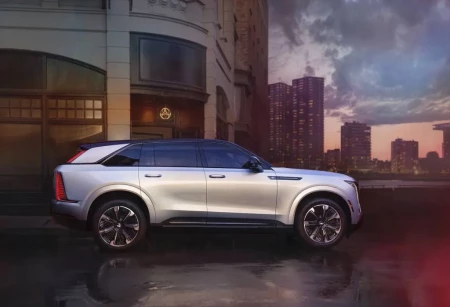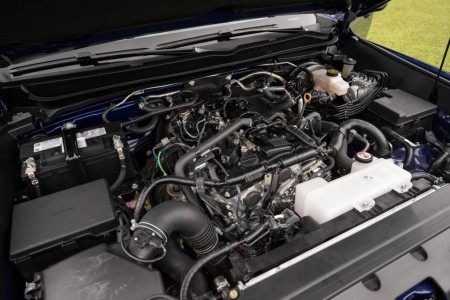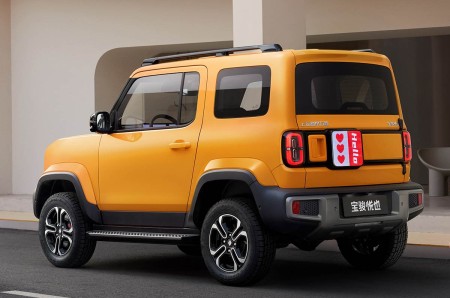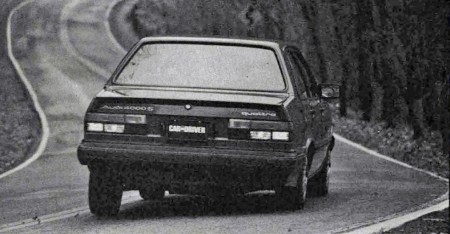Neta S previewed in Malaysia – EV sedan with gullwing doors; up to 715 km range 462 PS; Q1 2025 launch
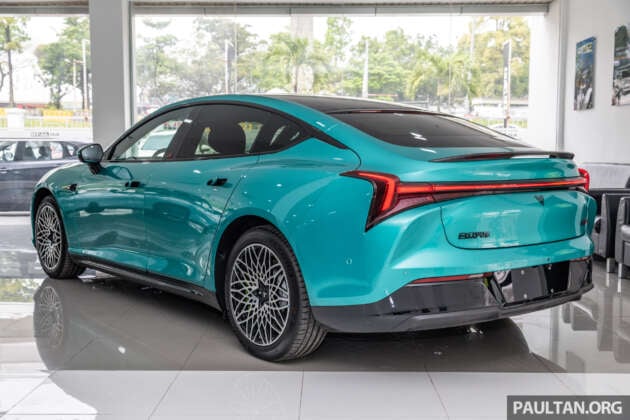
Inside, the brand’s flagship model has no shortage of screens, with a slim 13.3-inch digital instrument cluster ahead of the driver, while the front passenger also gets his or her own 12.3-inch touchscreen. The main highlight is undoubtedly the large, portrait-format touchscreen that measures 17.6 inches and provides access to almost all vehicle functions, including the air-conditioning.
Other features include a panoramic glass roof, powered front seats, a wireless charger in the centre console, a head-up display, three-zone climate control, touch panels to control the power windows and reclining rear seats as well as a bevy of sensors and cameras for the advanced driver assistance systems (ADAS).
Keep in mind that this unit was brought in from China for preview purposes and is not reflective of local specifications. As such, the display language isn’t English on the infotainment system and the charging ports are different.

The Neta S you see here has two ports, both based on the GB/T standard. The one on the right is for AC charging, which looks like a regular Type 2, but it has a different pin layout compared to the European Type 2. Meanwhile, the port for DC fast charging also only accepts a GB/T connector instead of CC2 or CHAdeMO plugs.
In China, the Neta S is offered with fully electric and range-extended electric powertrains. The latter features a 43.88-kWh or 43.51-kWh ternary lithium-ion battery that is supported by a 1.5 litre engine to enable a CLTC-rated range of up to 1,160 km. This setup is rear-wheel drive only, with the electric motor rated at 231 PS (228 hp or 170 kW) and 310 Nm of torque, which is good for a 0-100 km/h time of 6.9 seconds and top speed of 185 km/h – the latter is identical for all variants.
As for the pure EV options, two battery chemistries are available with varying capacities, including lithium iron phosphate (64.46 kWh) and ternary lithium-ion (84.5 kWh, 85.11 kWh and 91 kWh) packs.
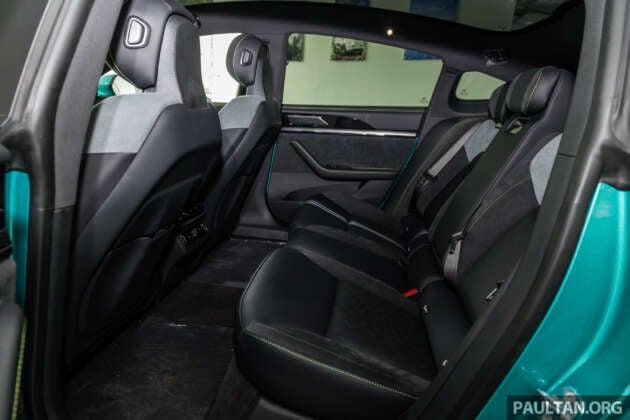
The LFP battery provides up to 520 km of range and 0-100 km/h time of 7.4 seconds, while the latter, in 84.5 and 85.11 kWh capacities, are capable of 715 km on a single charge and reduced century sprint time of 6.9 seconds.
The largest battery pack (91 kWh) is only offered with all-wheel drive, which adds a second electric motor with the same outputs as the first for a total system output of 462 PS (456 hp or 340 kW) and 620 Nm. The range for this configuration is 650 km and it is the quickest in the 0-100 km/h sprint, taking just 3.9 seconds.
Neta S Specifications
Two charging ports:
- AC charging (Type 2, unique pin layout)
- DC fast charging (GB/T connector)
Powertrains:
- Fully electric
- Range-extended electric
Range-extended powertrain:
- 43.88-kWh or 43.51-kWh battery
- 1.5 litre engine
- Up to 1,160 km range
- Rear-wheel drive
- 231 PS (228 hp or 170 kW), 310 Nm torque
- 0-100 km/h in 6.9 seconds, top speed 185 km/h
Pure EV options:
- Lithium iron phosphate battery (64.46 kWh)
- Ternary lithium-ion packs (84.5 kWh, 85.11 kWh, 91 kWh)
- LFP battery: up to 520 km range, 0-100 km/h in 7.4 seconds
- 84.5 kWh and 85.11 kWh batteries: 715 km range, 0-100 km/h in 6.9 seconds
- 91 kWh battery pack: All-wheel drive, Second electric motor, total 462 PS (456 hp or 340 kW), 620 Nm, 650 km range, 0-100 km/h in 3.9 seconds
Neta S Dimensions
- Length: 4,980 mm
- Width: 1,980 mm
- Height: 1,450 mm
- Wheelbase: 2,980 mm
As exciting as the Neta S may appear to be, it will be some time before the Malaysian-spec version goes on sale here, as Intro Synergy is targeting for the EV sedan to arrive sometime in the first quarter of 2025. Looking forward to it?
You may like:
